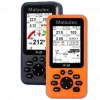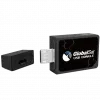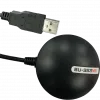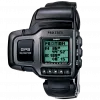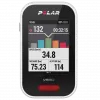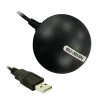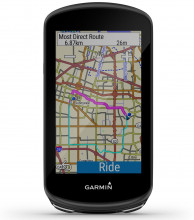
In 1960, the US Navy first successfully proved and soon afterwards began use of its Transit satellite based navigation system to aid in ship navigation. From 1960 - 1982, as the benefits of a satellite based navigation system were proven over time, the US military consistently improved and refined its satellite navigation technology and satellite system. In 1973, the US military began to plan for a comprehensive worldwide navigational system which eventually became known as the GPS (global positioning satellite) system.
